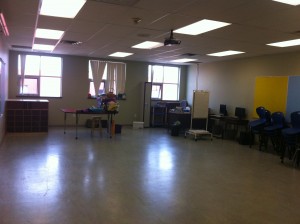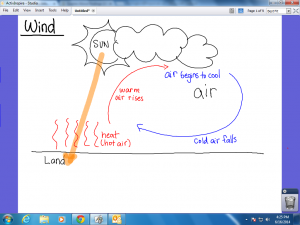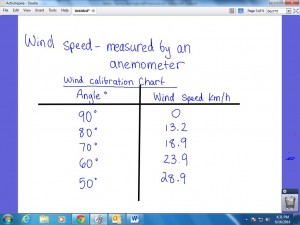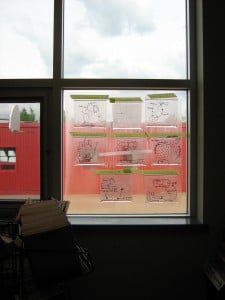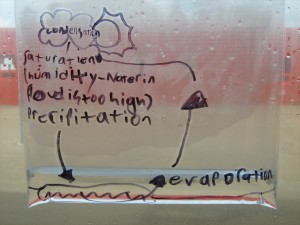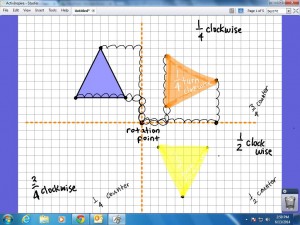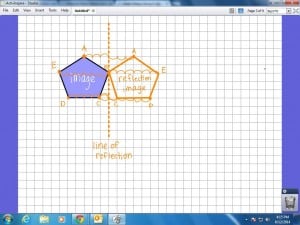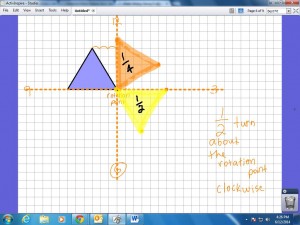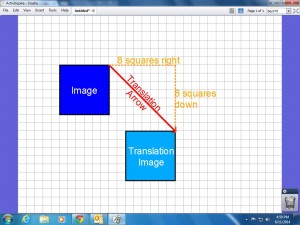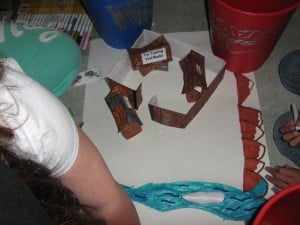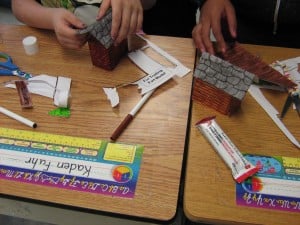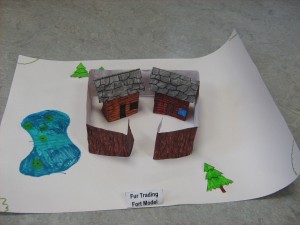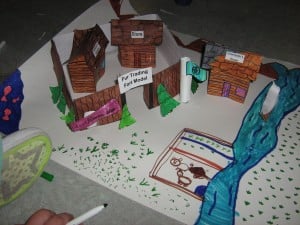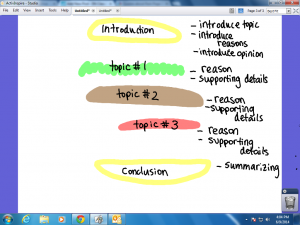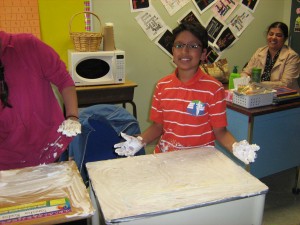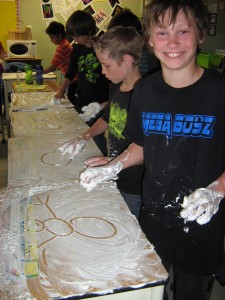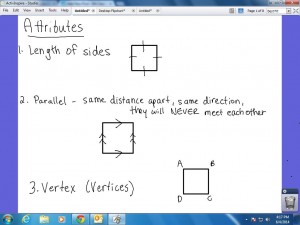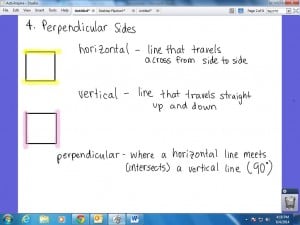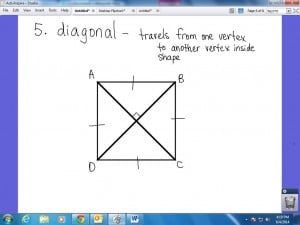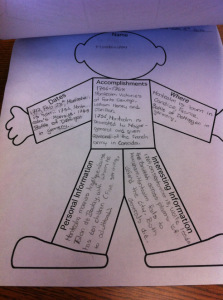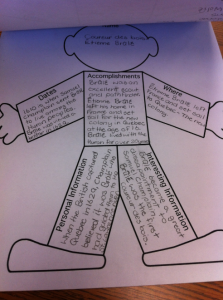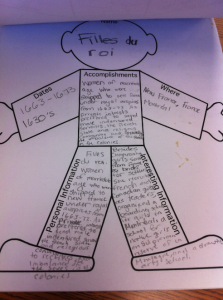Goodbye 5N!
It has been an incredibly busy but an incredibly rewarding year. I can’t believe all of the things that we accomplished in such a short period of time – well it seemed short to me anyways! Thank you to everyone for following your students’ progress and activities so closely all year. It has been great to communicate with all of you, and to allow you the see into our classroom. Some of you have been following the blog for not 1, but 2 years! This classroom will always be very special to me. After some time spent as a TOC (a teacher-on-call, or sub) and then after a time covering a maternity leave, Classroom 403 and Grade 4/5 N was my first real classroom. It was my own space, to fill with my own things, and to start working with my own students. It was incredible. After such an amazing year last year, I almost didn’t believe that I could love another class as much as I loved that last one, but your students proved me wrong. We’ve all learned a lot as Classroom 5N, and not just the students. Think of all the things we tried this year: small group Math, writer’s workshops, reading ninja, beta testing the Wetlands ignition pack, utilizing our IPads, and so much more. I can honestly say that 5N was an amazing place to come to everyday, and I’m going to miss everyone.
Leaving Rm. 403 and the name of Classroom 5N behind is bittersweet. I know that I’ll miss this first classroom and all the wonderful memories we’ve made in this room, but I’m excited for all the new adventures on the horizon for next year. I’ll be in Rm. 203 and I’ll be teaching 5K. Some of our students have already moved on to homeschooling, Sherwood Park, etc. Some of you will be moving on to St. Anne’s or Walter and Gladys Hill. I know you are going to have an amazing time at your new schools, so don’t be nervous. Others are moving forward to their final year at Timberlea, the always exciting Grade 6. No matter where you will be next year, make sure you still visit from time to time. I’ll be missing all of you. Have a wonderful summer,
– Ms. Barrington
